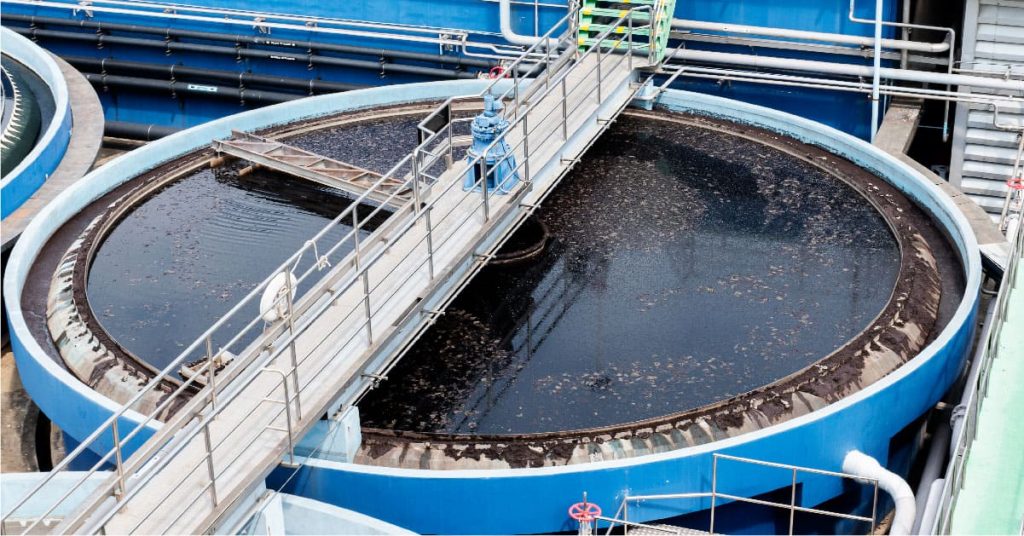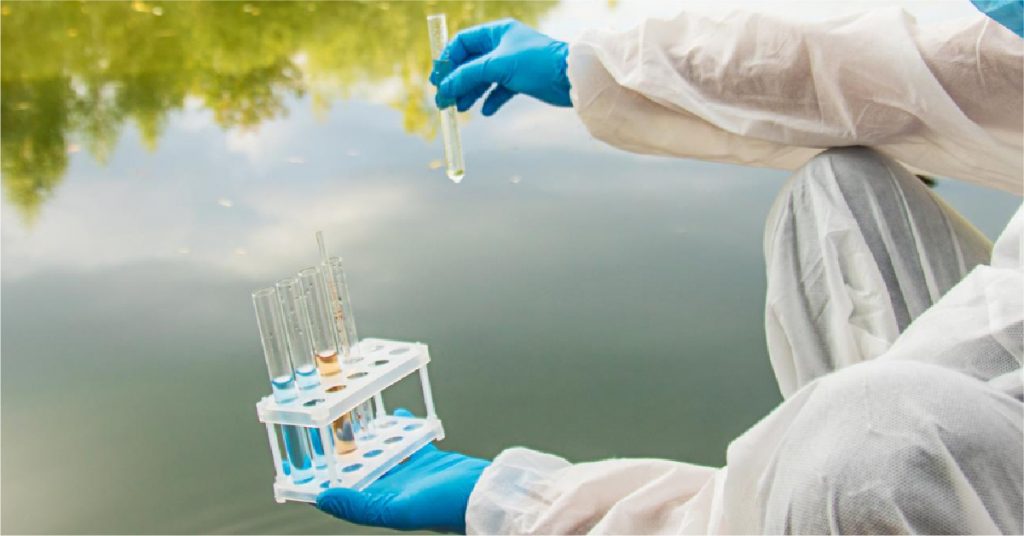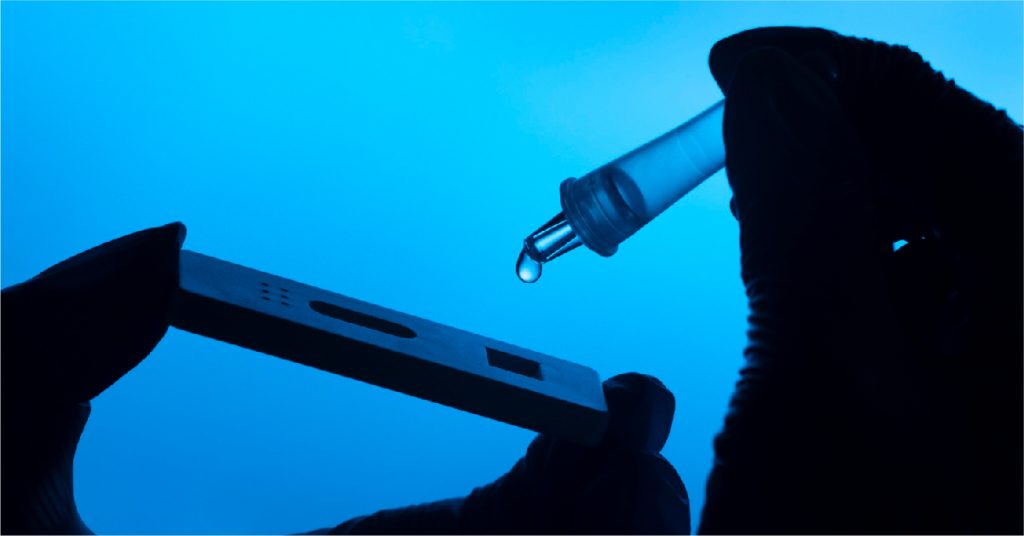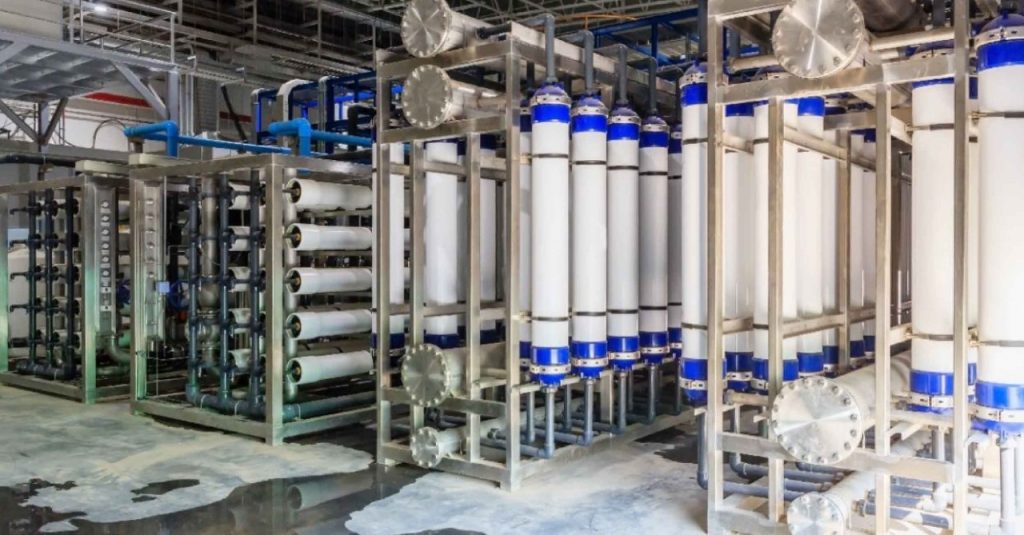In Sri Lanka, as in many other developing nations, industrial growth and urbanization have led to an increase in the volume of wastewater generated by various industries. From textile manufacturing to food processing, the discharge of untreated or inadequately treated wastewater can have significant environmental and public health implications. This has brought the purification of industrial waste water to the forefront as a vital step toward sustainable industrial practices.
In this blog, we will explore the importance of water purification in industrial applications, the key techniques used for industrial wastewater purification, and how these methods can help Sri Lanka address its growing water pollution challenges.
Understanding Industrial Waste Water and Its Impact
Industrial wastewater, also known as effluent, is the byproduct of industrial processes that often contain harmful chemicals, heavy metals, oils, and suspended solids. If left untreated, these pollutants can contaminate water sources, harm aquatic ecosystems, and pose risks to human health. Industrial wastewater can originate from a wide range of sectors, including manufacturing, textiles, pharmaceuticals, food and beverage processing, and agriculture.
The primary challenge with the purification of industrial waste water lies in the diversity of contaminants it contains. Different industries produce wastewater with varying chemical compositions, requiring customized treatment techniques to ensure that the water meets environmental regulations and is safe for reuse or discharge into natural water bodies.
Key Techniques for Purification of Industrial Waste Water in Sri Lanka
Several techniques are employed in the purification of industrial waste water to remove contaminants and ensure that the water is safe for discharge or reuse. The choice of purification method depends on the nature of the pollutants, the volume of wastewater, and the intended end use of the treated water. Below are some of the key techniques used for water purification in industrial applications:
-
Physical Treatment Methods
Physical treatment methods are the most basic form of wastewater purification and involve the removal of suspended solids and large particles from the water. Some common physical methods include:
- Screening: This is the process of removing large debris, such as plastics, fibers, and rags, from the wastewater using mechanical screens. Screening is often the first step in the treatment process to prevent damage to equipment and clogging of pipes.
- Sedimentation: In this process, wastewater is allowed to sit in a settling tank, where heavier particles settle at the bottom, forming sludge. The clarified water can then be removed from the top. This method is effective for removing larger solids but may not remove dissolved pollutants.
-
Chemical Treatment Methods
Chemical treatment involves the addition of chemicals to wastewater to neutralize or precipitate harmful substances. Some common chemical treatments include:
- Coagulation and Flocculation: Coagulants are added to wastewater to destabilize suspended particles, causing them to clump together (flocculate). The resulting flocs are then removed through sedimentation or filtration. This method is often used for treating water with high turbidity or suspended solids.
- Chemical Precipitation: For wastewater containing dissolved metals or inorganic contaminants, chemicals such as lime or sodium hydroxide can be added to precipitate the contaminants into solid form, which can then be removed through filtration or sedimentation.
- Neutralization: In cases where wastewater is highly acidic or alkaline, neutralizing chemicals like acids or bases are added to bring the pH levels to a neutral range. This is crucial for protecting downstream equipment and ensuring the treated water meets environmental standards.
-
Biological Treatment Methods
Biological treatment methods use microorganisms to break down organic pollutants in wastewater. This is one of the most effective and environmentally friendly techniques for purifying industrial wastewater. Some common biological methods include:
- Activated Sludge Process: In this process, air or oxygen is pumped into wastewater to promote the growth of aerobic microorganisms that consume organic pollutants. The microorganisms form flocs, which can be removed through sedimentation.
- Trickling Filters: These are large beds of media (such as rocks or plastic) on which microorganisms grow. Wastewater is passed over the media, where the microorganisms break down organic contaminants. This process is particularly effective for treating wastewater with high organic content.
- Constructed Wetlands: In some cases, constructed wetlands are used to treat industrial wastewater. These systems mimic natural wetlands, using plants and microorganisms to filter and purify the water. They are particularly effective for treating high-strength wastewater and can be a low-cost option for smaller industries.
-
Membrane Filtration
Membrane filtration is a highly effective water purification industrial method that uses semi-permeable membranes to separate contaminants from water. The most common types of membrane filtration include:
- Reverse Osmosis (RO): In reverse osmosis, water is forced through a semi-permeable membrane, which allows only water molecules to pass through while blocking contaminants. This process is highly effective at removing dissolved salts, heavy metals, and organic compounds, making it ideal for purifying industrial wastewater.
- Ultrafiltration: Ultrafiltration uses membranes with larger pores than reverse osmosis to remove suspended solids, bacteria, and larger organic molecules. This method is often used as a pre-treatment step before reverse osmosis.
-
Advanced Oxidation Processes (AOPs)
AOPs are advanced water purification techniques that use strong oxidants such as ozone, hydrogen peroxide, or UV light to break down complex organic contaminants in wastewater. These processes are highly effective at treating wastewater with high levels of organic pollution and are often used in combination with other treatment methods to achieve higher levels of purification.
Benefits of Industrial Wastewater Purification in Sri Lanka
The purification of industrial wastewater in Sri Lanka offers several benefits, both for industries and the environment:
- Environmental Protection: Proper wastewater treatment ensures that industrial effluents are not released into natural water bodies, reducing the risk of water pollution and safeguarding local ecosystems.
- Compliance with Regulations: With growing concerns about environmental pollution, industries in Sri Lanka must comply with stringent wastewater treatment regulations. Purifying industrial wastewater ensures that businesses adhere to these standards and avoid penalties.
- Sustainable Water Management: Treating and reusing industrial wastewater reduces the demand for freshwater resources, helping to conserve water and promote sustainable industrial practices.
- Cost Savings: By implementing efficient wastewater treatment systems, industries can save on water costs, as treated wastewater can be reused in their operations, reducing their dependence on freshwater sources.
Ion Exchange: Reducing Waste with INDION Resins
Ion Exchange offers a comprehensive range of ion exchange resins that have become the preferred choice across diverse industries. The pharmaceutical-grade resin facility is USFDA compliant and WHO-GMP certified, ensuring the highest standards for health and safety. The INDION series of ion exchange resins include a variety of Gaussian and uniform particle-size beads available in both dry and moist forms. These resins, with customizable surface area, porosity, and matrix, cater to a wide range of applications in industries such as pharmaceuticals, food and beverage, nuclear, chemical, biodiesel, hydrometallurgy, and sugar processing, offering optimal solutions for water and non-water treatment needs.
-
RANGE OF INDION RESINS: WATER-BASED RESINS
- Industrial Water Treatment
- Potable Water Treatment
-
RANGE OF INDION RESINS: NON-WATER-BASED RESINS
- Catalyst Grade Resins
- Adsorbent Grade Resins
- Chemical & Special Process Resins
- Pharma Grade Resins
- Nuclear Grade Resins
- Hydrometallurgy Resins
- Food & Beverage Grade Resins
- Sugar Refining Resins
- Resins for Biodiesel
Conclusion
Given the country’s rapid industrial growth and increasing water scarcity, industrial wastewater treatment is a pressing issue in Sri Lanka. The challenges of high contaminant loads, inadequate water treatment systems, regulatory compliance, and operational inefficiencies pose significant risks to the environment and industries.
Industries in Sri Lanka can overcome these challenges by adopting advanced treatment systems, improving the use of industrial water treatment chemicals, and investing in capacity building and innovative technologies.
Contact Ion Exchange experts today to learn more about our wastewater treatment processes.





